Listen to Episode 39 on PodBean, Spotify, YouTube, or your favorite podcast source!
Our subject for this episode is a bit more abstract than our typical topics. Here we discuss the subject of speculative evolution. This concept covers everything from imaging what the future of life will look like to figuring out how movie monsters might have actually functioned. Here we’ll visit some of the ideas that are commonly explored in these thought experiments and look at how speculation contributes to real science.
In the news
An extinct American dog breed has no living relative except a contagious cancer.
Spear injuries on some deer bones show Neanderthals had interesting hunting practices.
How elephants and their relatives lost the mammalian trait of descending testicles.
Rice eating insects know when to develop larger wings based on age of food plants.
Bonus: Alligator with no tail, Mr. Stubs, get prosthetic tail for swimming!
Speculative Evolution
Speculative evolution is a genre of fiction and art that explores hypothetical and imaginary evolutionary scenarios. Within this mindset we could consider an alternate timeline where the famous end-Cretaceous asteroid never impacted, or an alien world with life that evolved separately from our own. This is a category of hard science fiction, meaning the things being considered are fake but are adhering to real science.
The main purpose of this idea is to exercise our imaginations on evolutionary possibilities that have yet to be seen. What could happen if the poles never froze over? What if the crocs became dominant instead of the dinosaurs? How would life adapt to a planet that had two suns? All of these questions and many more are inspiration for those who dabble in speculative evolution.
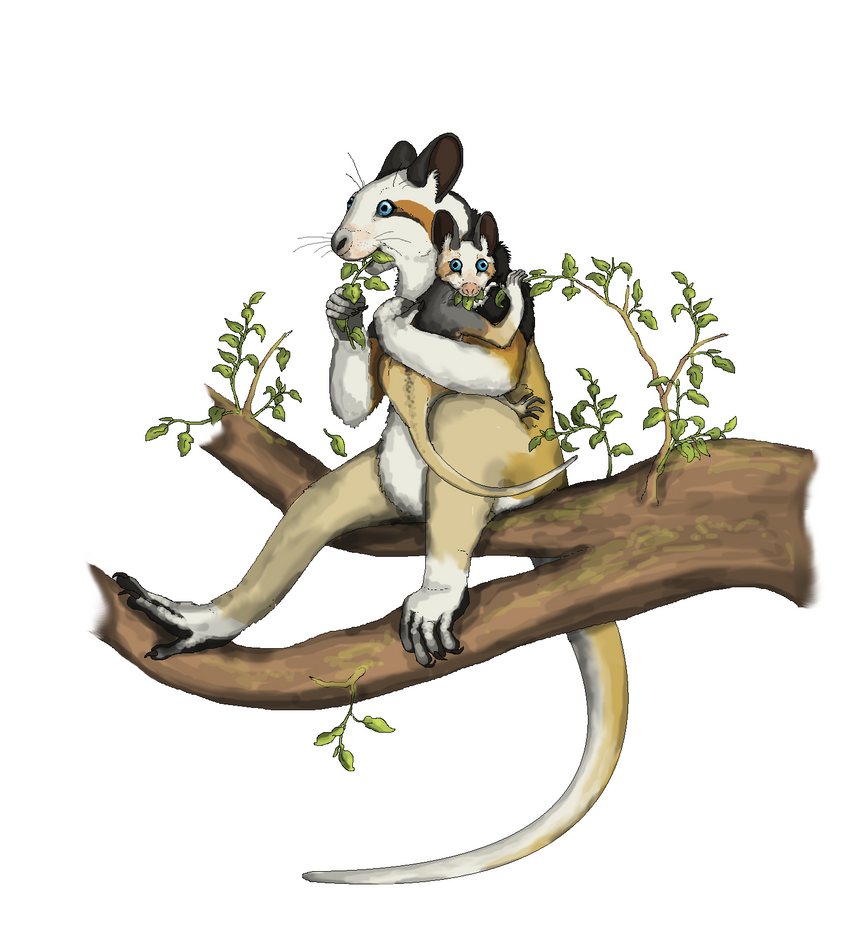
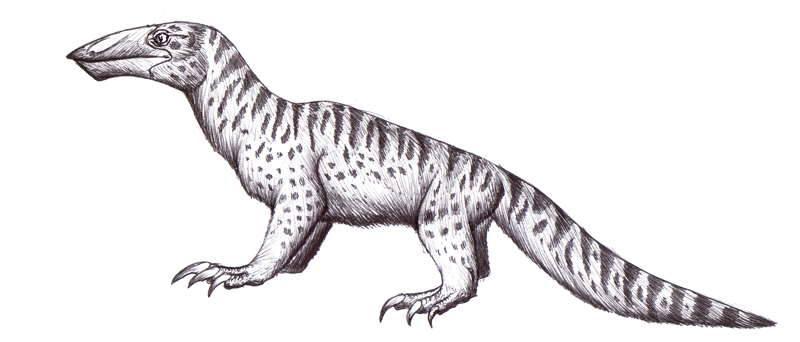
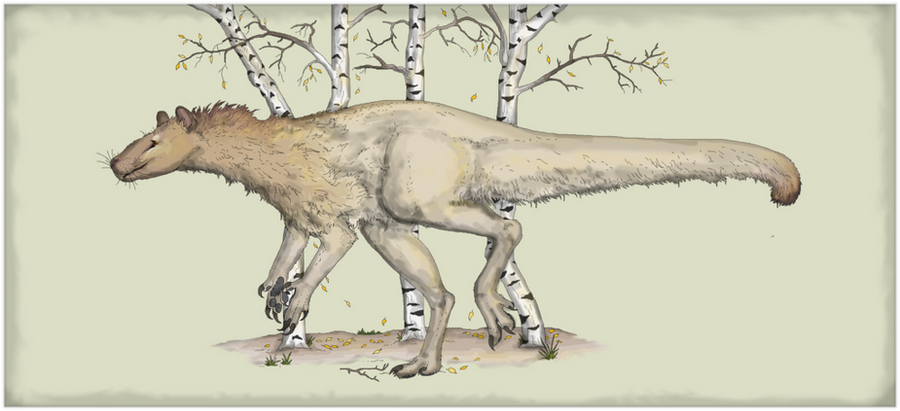
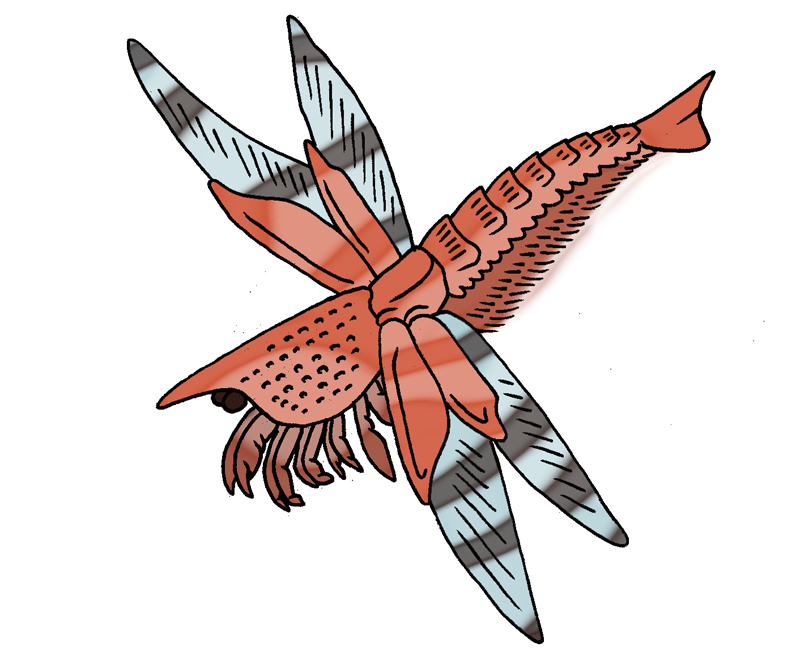
Dougal Dixon
There are many modern works of speculative evolution in literature, art, and film, but the author considered by many to be the originator of the speculative evolution movement is Dougal Dixon.
A Scottish author with backgrounds in paleontology and geology, Dixon became interested at a young age in the question of what life might look like in the future. He wrote a number of works exploring this concept, including After Man: A Zoology of the Future (1981), The New Dinosaurs: An Alternative Evolution (1988), and Man After Man: An Anthropology of the Future (1990). These book were the first of their kind in many ways and they inspired many to seek answers to similar questions.



Impacts on Real Science
Often speculative evolution is separated from true science since it is based on hypothetical and sometimes fantastical ideas, but there are instances where such speculation can aid in real scientific discovery. It is especially useful in paleontology and astrobiology where the subjects of study are either long extinct or yet to be discovered. The ability to think critically and creatively is important when you can’t study your organism of research directly.
In paleontology, researchers must use the fragments of evidence they have available to try and reconstruct an image of an organism, its behavior, its evolutionary history, and its environment. The ability to think outside of the box and imagine unusual scenarios is often essential for paleontologists trying to find the right questions to uncover new discoveries about ancient life. Speculative evolution acts as a training ground for just such abstract thinking.
One of the most famous examples is the creation of Cetimimus barbus, the Bearded Ceticaris, a fictional filter-feeding anomalocarid from the Cambrian Period created by John Meszaros in 2013. He had questioned why there were no large aquatic filter feeders known from the Cambrian. Then in 2014, Tamisiocaris borealis was identified as a true filter-feeding anomalocarid. In this case speculative evolution actually predicted a real scientific discovery.
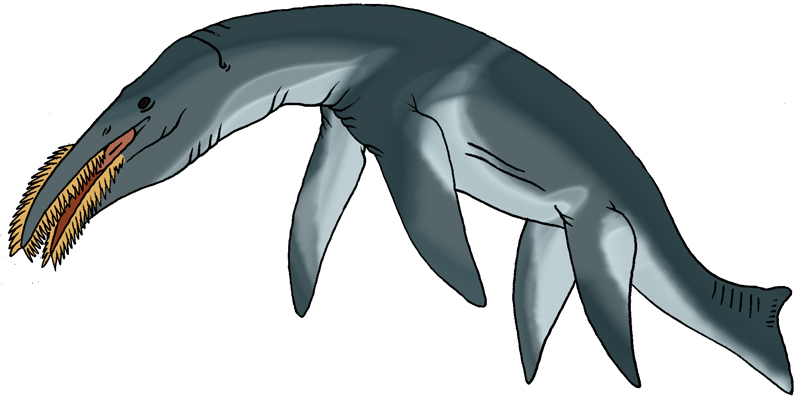
Astrobiology is almost custom-made to embrace speculative evolution into its practices. Since we have yet to discover any life outside of Earth’s atmosphere we can only speculate on what alien life may be like. If life exists outside of Earth it may have evolved to survive environments completely inhospitable to the organisms we know here. Trying to imagine how these alternate lifeforms might potentially function can help in the actual search for life by broadening our own search for clues.

Further Discussion
Speculative evolution is a subject that is ripe for discussion and debate. Below we’ll list some links to other sources that explore this concept, pros and cons.
Discussions
Tetrapod Zoology: Speculative Evolution
Interview with Dougal Dixon
Future Humans
The Dinosauroid Revisited
Documentaries
The Future Is Wild (2002)
Alien Planet (2005)
Dragons: A Fantasy Made Real (2004)
Media
Avatar: The Fauna of Pandora
Pokemon Anatomny
Science of Godzilla
Also…
…But We Digress – Mermaids
We also received a request to discuss the hypothetical evolution of mermaids! So in our latest digression, we explored how mermaids might evolve and what they could end up looking like.
Mermaids have been popular in human mythology all around the world for centuries, part of a long-standing tradition of fictional human-nonhuman hybrids (see also: centaurs, minotaurs, etc.). The fame of mermaids has been enhanced by reported historical sightings such as one by Christopher Columbus, numerous historical and modern hoax mermaid bodies, and recent fake television “documentaries”. Fans (and believers) of mermaids also often talk of the scientifically rejected “aquatic ape hypothesis”, an idea proposed in the 1960s suggesting that humans may have had a semi-aquatic ancestry.

In our discussion, we speculate about if and how mermaids could evolve. We mention the famous Bajau people who appear to be partially adapted for spending lots of time underwater, and about medical conditions like Sirenomelia in which a newborn human’s legs can be fused at birth. We also talk a lot about other aquatic mammals.
But we’re far from the first people to have such a discussion! Here are some others you can explore:
Dougal Dixon’s Aquatics – Dixon’s idea of what mer-people might actually look like.
Pseudomermeids – Artist Rodrigo-Vega proposed what other groups of animals might look like if they evolved a mermaid body plan.
Man After Man Project – Inspired by Dixon’s book, Akurian452 not only drew up aquatic humans, but humans adapted to plains, tundras, and other ecosystems as well.
You can also get more speculative evolution in our season series, Spook-E: Spook-ulative Evolution, where we evolve famous monsters for fun.
—
If you enjoyed this topic and want more like it, check out these related episodes:
We also invite you to follow us on Twitter, Facebook, or Instagram, buy merch at our Zazzle store, join our Discord server, or consider supporting us with a one-time PayPal donation or on Patreon to get bonus recordings and other goodies!
Please feel free to contact us with comments, questions, or topic suggestions, and to rate and review us on iTunes!
Thrive is a game that tackles this really well (At least in the upcoming version of it)
LikeLike
(its an open source game and Im a programmer for it, and i love seeing new creatures evolve and tracking lineages while playing it)
LikeLike
Oh, very cool – we’ll check it out!
LikeLike
Adjacent to the speculative evolution for the purposes of astro/xenobiology…
One my fave “genres” of spec.ev. is the concept of: if humans were living in space, or on other planets with different conditions, how our physiology would start to change… something you see sometimes in sci fi.
LikeLike
A very cool application of the concept!
LikeLike
Another really cool Spec Evo project that is really interesting is Serina(by Sheather on deviantart, who also has a google site chronicling it), where an earth-like planet is seeded by a small selection of species from earth, with the only terrestrial vertebrate introduced being the Domestic Canary. The project follows the evolution of the planet’s ecosystems over a period of 250 million years, and is still in development. I highly recommend you guys check it out!
https://sites.google.com/site/worldofserina/home
LikeLiked by 1 person
Very cool! Thanks for sharing!
LikeLike